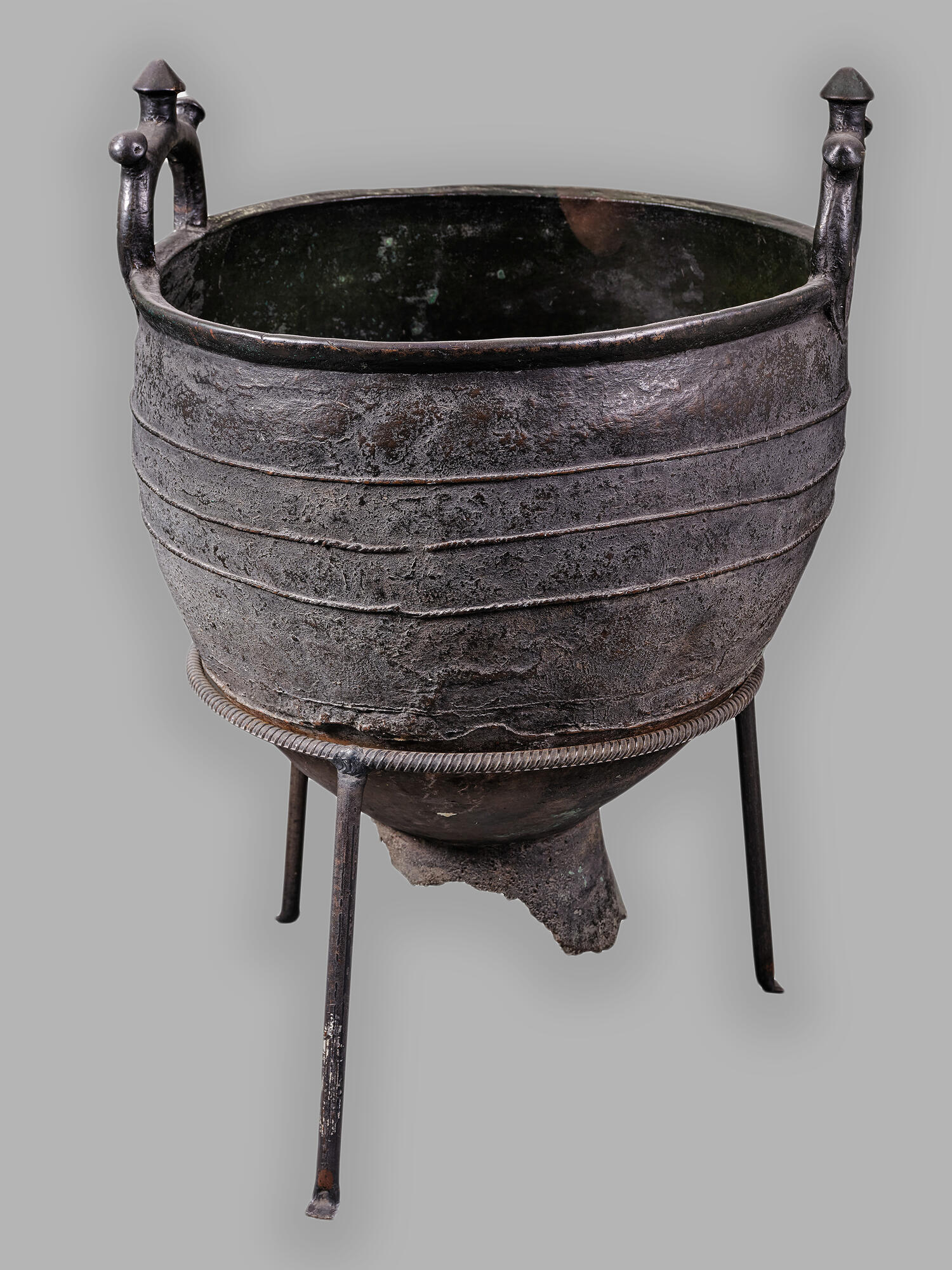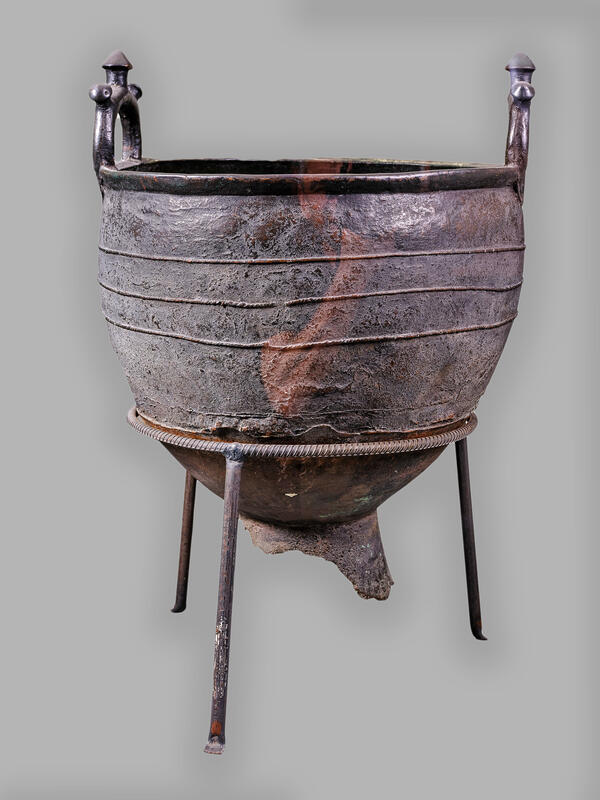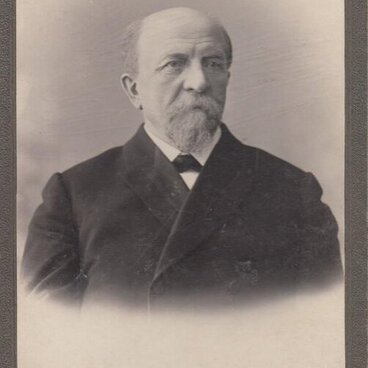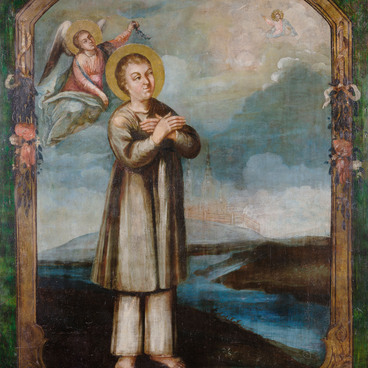The bronze cauldron is a gem of the archaeological exhibition of the Krasnoyarsk Regional Museum of Local Lore. It is a rare and large example of ancient craftsmanship. The cauldron was found in a ravine by a collective farm shepherd in the summer 1954. The discovery was made one and a half kilometers away from the village of Bolshaya Tes’, which does not exist now.
The cauldron was buried three meters deep in the
sand, washed away by the rain. The item is made of an alloy of copper and tin
and weighs 56 kilograms. It has two handles with three knobs on each, and there
are several copper patches and burnout holes on the bottom. The unusual
discovery was reported to the director of the Krasnoyarsk Museum by the head of
the club in the village of Bolshaya Tes’. Three days later he received a reply:



